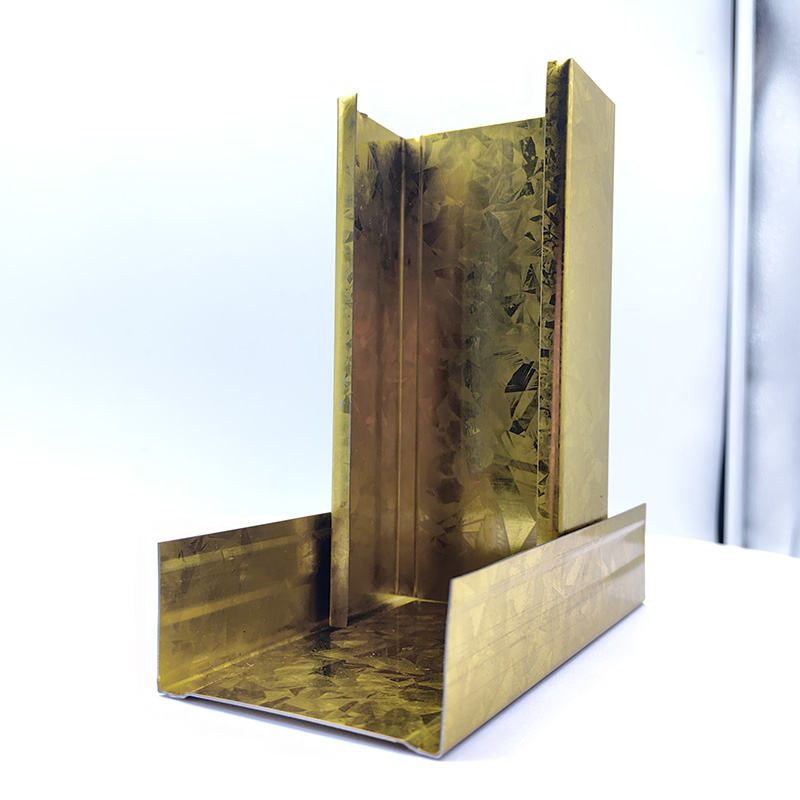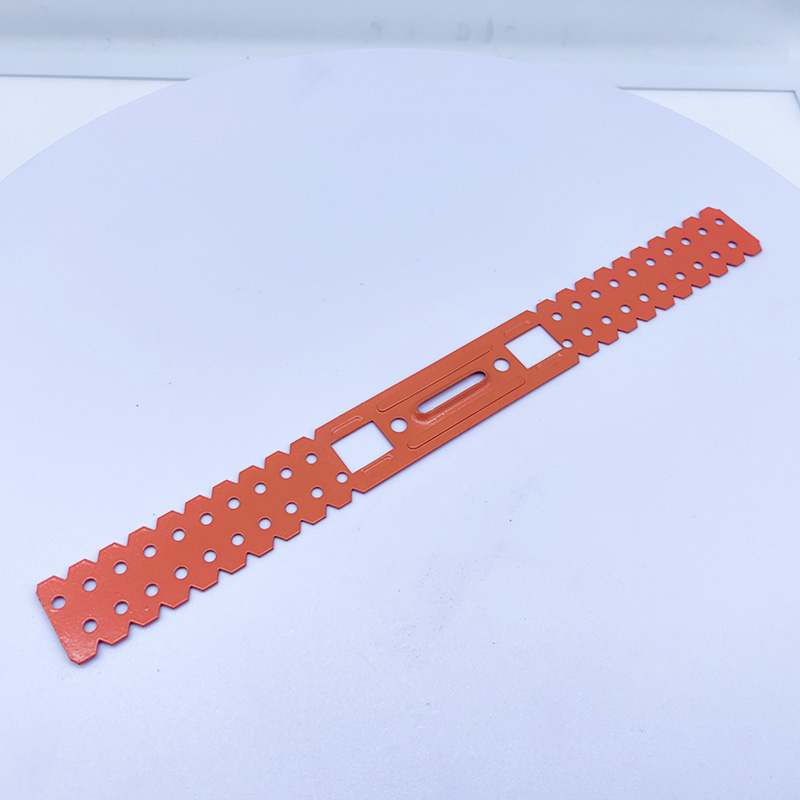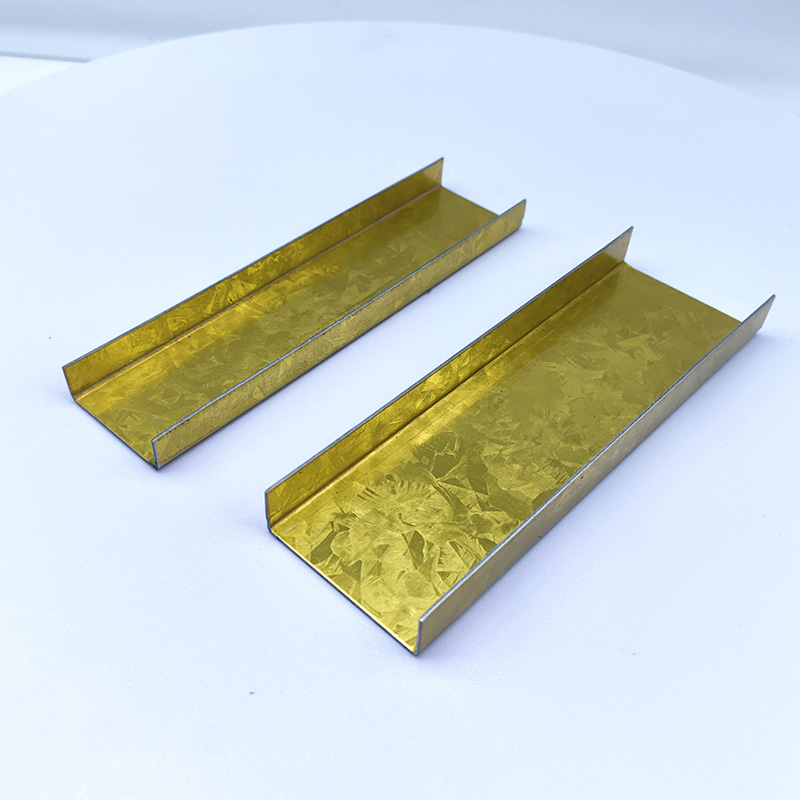Common Issues and Solutions in Light Steel Keel Construction
2025-03-17 15:19:01
1. Introduction
Light steel keels are essential structural materials in modern building decoration, widely used in partition walls, suspended ceilings, and ceiling structures. Due to their lightweight, durability, and ease of installation, they have become a preferred choice in construction projects. However, improper operation or neglecting critical details during installation may lead to quality issues, affecting the overall renovation outcome and even posing safety hazards.
To ensure construction quality and improve project durability, it is crucial to understand the common problems encountered in light steel keel installation and learn effective solutions. This article will provide a detailed analysis of the five most common issues in light steel keel construction and their corresponding solutions, helping you enhance construction quality and reduce future maintenance troubles.
2. Basic Knowledge of Light Steel Keel Construction
1. Basic Concepts and Classification of Light Steel Keels
Light steel keels are cold-formed thin-walled steel structures, made from cold-rolled, galvanized, and anti-corrosion treated steel for structural support in buildings. Based on their application, they can be categorized as follows:
U-shaped and C-shaped keels: Used for partition walls, offering strong load-bearing capacity.
T-shaped and L-shaped keels: Used for non-load-bearing ceilings, mainly for fixation and decorative purposes.
Clip-in keels: Suitable for removable ceilings, facilitating later maintenance.
2. Pre-Construction Preparation
Before starting construction, it is essential to conduct material inspection, tool preparation, and blueprint review to ensure a smooth process.
Material Inspection: Ensure that the keels meet national standards in terms of specifications, thickness, and galvanization uniformity.
Tool Preparation: Includes electric drills, spirit levels, screw guns, and measuring instruments to guarantee precise installation.
Blueprint Review: Cross-check design blueprints to clarify installation requirements and avoid errors.
3. Construction Environment Requirements
Humidity Control: Indoor humidity should not be too high, as excessive moisture may affect the keel's durability.
Temperature Requirements: Avoid extreme temperatures during installation to prevent keel deformation.
Cleanliness: The construction area should be kept clean to avoid dust and debris affecting installation accuracy.
3. Common Issues in Light Steel Keel Construction
1. Material Deformation
Problem Manifestation: The keel appears bent or twisted, affecting the installation.
Main Causes:
Poor material selection, with substandard steel quality.
Improper transportation or storage, leading to uneven stress distribution.
Impact: Reduces overall structural stability, potentially causing ceiling or wall cracks later.
2. Uneven Installation
Problem Manifestation: The ceiling or partition wall surface appears uneven, affecting aesthetics and subsequent construction.
Main Causes:
Inconsistent keel spacing.
Failure to use a spirit level for correction during installation.
Impact: Can lead to cracks in gypsum boards or wall coatings, reducing decoration quality.
3. Unstable Connections
Problem Manifestation: Loose screws or fallen connectors, resulting in an unstable structure.
Main Causes:
Low-quality connectors and improperly tightened screws.
Insufficient fixation points, leading to uneven force distribution.
Impact: Poses safety hazards and may cause structural loosening or even collapse over time.
4. Poor Sound and Thermal Insulation
Problem Manifestation: The partition walls fail to provide adequate soundproofing and heat insulation.
Main Causes:
Use of inferior soundproofing or thermal insulation materials.
Improper installation, leaving gaps that reduce effectiveness.
Impact: Decreases comfort, significantly affecting offices, hotels, and residential spaces.
5. Substandard Fire Resistance
Problem Manifestation: The partition walls or ceilings fail to meet fire resistance standards.
Main Causes:
Use of non-compliant keel materials or infill materials.
Lack of additional fireproof coating treatment.
Impact: During a fire, partition walls and ceilings may lose their support capacity, exacerbating fire spread.
4. Solutions to Light Steel Keel Construction Issues
1. Preventing Material Deformation
✅ Choose high-quality keels that meet national standards, ensuring uniform galvanization and adequate thickness.
✅ Store keels in a horizontal position to avoid long-term stress-induced bending.
✅ Prevent rough handling during transportation, and use protective measures to secure the materials.
2. Ensuring Even Installation
✅ Maintain precise keel spacing to comply with design requirements.
✅ Use spirit levels and laser measuring tools for accurate installation.
✅ Adopt proper fixing methods, such as using expansion screws or specialized clamps, to ensure stability.
3. Strengthening Connection Stability
✅ Use high-quality screws and connectors, tightening them with power tools.
✅ Distribute fixation points evenly, ensuring each keel has at least two secure points.
✅ Regularly inspect connection areas and reinforce them as needed.
4. Improving Sound and Thermal Insulation
✅ Select high-quality soundproofing materials, such as rock wool or polyurethane, ensuring proper sealing.
✅ Avoid gaps during installation by densely filling insulation materials, minimizing sound transmission.
✅ Use double-layer gypsum boards or soundproof panels to enhance overall wall insulation performance.
5. Enhancing Fire Resistance
✅ Use light steel keels and fireproof boards that meet national fire safety standards.
✅ Apply fireproof coatings after installation to increase fire resistance duration.
✅ In key areas (such as electrical wire passages), add fireproof sealing materials to prevent fire hazards.
5. Construction Precautions and Tips
✔ Safety During Construction: Workers should wear helmets, gloves, and protective glasses to avoid injuries.
✔ Efficient Installation Techniques: Follow a structured workflow: measure first, install next, then reinforce, to improve efficiency.
✔ Preventing Common Issues: Regularly inspect construction quality and make timely adjustments to avoid later rework.
6. Conclusion
Common issues in light steel keel construction, such as material deformation, uneven installation, unstable connections, poor soundproofing, and inadequate fire resistance, can significantly impact decoration quality and safety. Therefore, every step in the construction process must be strictly controlled, from selecting high-quality materials to following standardized installation procedures and implementing effective remedial measures.
By following this guide, you can minimize construction risks, enhance project quality, and achieve a safer and more efficient building renovation outcome!

A Double Anti-Rust Gold Partition Wall Stud is a type of steel stud commonly used in the co...

A CD UD Profile Furring Clip U Clamp is a type of metal fastening component used in the ins...

A 60mm Ceiling Grid refers to a type of suspended ceiling system, commonly used in commerci...

38mm Main Tee and 50mm Main Tee refer to the widths of the main tee profiles used in suspen...

